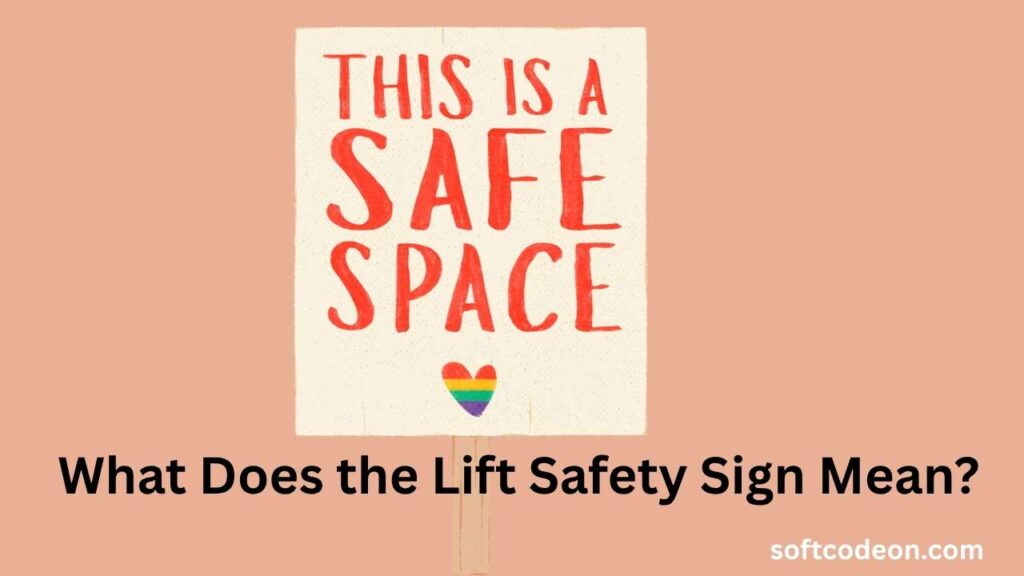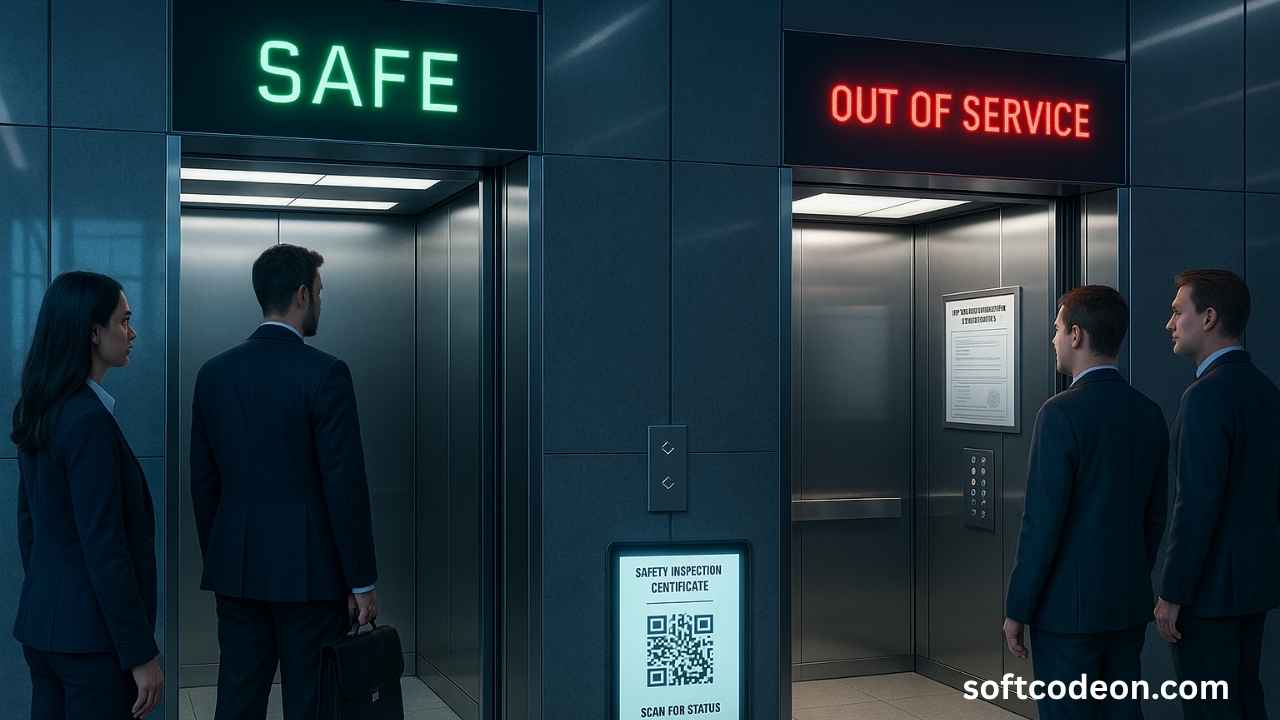In our modern world filled with high-rise buildings (Shows When a Lift Is Safe), elevators (or lifts) have become a daily necessity. Whether in office towers, hospitals, malls, or apartment complexes, millions of people rely on lifts to travel between floors quickly and efficiently. However, despite their convenience, lifts can pose serious risks if used in unsafe conditions during power failures, mechanical faults, or routine maintenance. That’s why knowing what signs indicate a lift is safe to use is critical for everyone’s safety.
This guide will help you understand what those signs mean, how to identify them, and what to do when something seems off. Knowing this can save you or someone else from an unexpected accident.
1. What Does the Lift Safety Sign Mean?
A lift safety sign is a visual or electronic indicator that confirms the elevator is functioning correctly and is safe for passengers. This sign could appear in different forms such as a green LED light, a digital screen with the word “SAFE” or “IN SERVICE,” or a printed inspection certificate displayed inside the lift. In some regions, it may even include a QR code that links to a live status report. When this sign is clearly visible and properly updated, it assures you that the lift has passed inspection and is free from any mechanical or electrical issues. Without this sign, using the lift could be risky.

2. Why Are Elevator Safety Signs Important?
Elevator safety signs are not just helpful, they are lifesaving. These signs inform you whether the lift is operational, under maintenance, or out of service. Imagine walking into a lift that hasn’t been inspected in months or one that’s under repair with faulty cables the results could be tragic. Proper signage prevents such risks by communicating the current condition of the elevator. They also help avoid panic or confusion during emergencies like power outages, where the sign might switch to red or show a warning symbol. In short, these signs are your first line of defense against lift-related injuries.
Read Also: What Are the 5 Key Stages of Resilience Lifecycle Framework
3. Types of Lift Safety Indicators
There are multiple types of lift safety indicators used globally. Each type serves the same goal to inform users about the elevator’s status. Here’s a comparison of common indicator types:
| Type of Indicator | Description | Visibility | Used In |
|---|---|---|---|
| Green LED Light | Indicates lift is operational and safe | High | Offices, apartments |
| Digital Display | Shows status like “IN SERVICE” or “OUT” | Very High | Hospitals, malls |
| Printed Certificate | Annual safety inspection document | Medium | Government & private buildings |
| QR Code Verification | Scans to show real-time lift status | High | Smart buildings, hotels |
| Audio Alert | Voice announcement of faults | Medium | Accessibility lifts |
These signs may be standalone or combined, depending on the building’s infrastructure and safety standards.
4. What to Do If the Lift Sign Is Missing or Malfunctioning
If you approach a lift and don’t see any safety sign, or if the digital sign is blank or flashing irregularly, don’t use the lift. It may be undergoing maintenance, or worse, facing a serious fault. Immediately notify the building management or security staff. Most lifts have an emergency intercom or help button nearby use that to report the issue. In case of a fire alarm or power cut, avoid lifts altogether and use the stairs. Also, consider alerting other people in the building so no one unknowingly enters an unsafe elevator.
5. Lift Safety Rules Everyone Should Know
Even when a lift appears safe, there are basic safety rules every user should follow:
- Always check the floor alignment before stepping in.
- Don’t overload the lift; follow the weight limit posted inside.
- Keep clear of the doors; don’t try to stop them with hands or objects.
- In case the lift stops between floors, don’t attempt to open the doors press the emergency button and wait for help.
- Children should always be accompanied by an adult when using lifts.
These simple rules can help prevent accidents and ensure a smooth ride for everyone.
6. Legal Requirements for Elevator Safety Signs
In many countries, there are strict legal guidelines for lift safety. For example, in the United States, the Occupational Safety and Health Administration (OSHA) mandates that elevators must display their latest inspection certificate inside the cabin. Similarly, in the UK, Lifting Operations and Lifting Equipment Regulations (LOLER) require regular lift servicing and visible documentation. Countries like India and UAE have also introduced QR-based smart verification systems for elevator status. Ignoring these laws could lead to legal penalties for building owners and pose risks to public safety.
Read Also: What Is 180 Days from Today and Why It Matters
7. Smart Lift Systems and the Future of Safety Signs
Modern smart buildings are replacing static lift signs with real-time IoT-powered systems. These systems automatically detect lift health and display status updates instantly on digital panels, or even send alerts to mobile apps of residents. Some elevators now have AI-based fault detection that sends a warning before any breakdown occurs. This integration of smart technology is the future making lift rides safer, more efficient, and smarter than ever.
Conclusion
Elevators are part of our everyday life, but their safety cannot be taken for granted. The sign that shows when a lift is safe to use is not just a piece of information. It’s a silent guardian protecting lives. Whether it’s a glowing green light, a digital display, or an official certificate, make it a habit to look for that sign every time you use an elevator. Understanding what these signs mean and following basic lift safety rules can help you and others avoid danger. In today’s fast-paced world, safety should always ride first.

